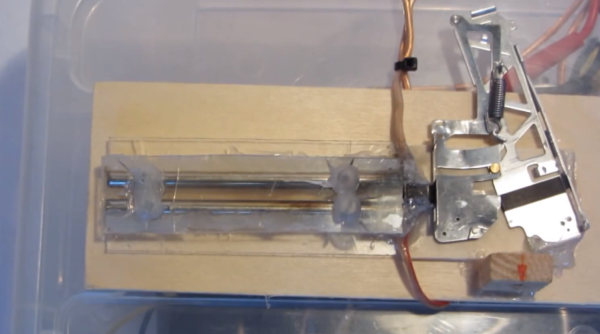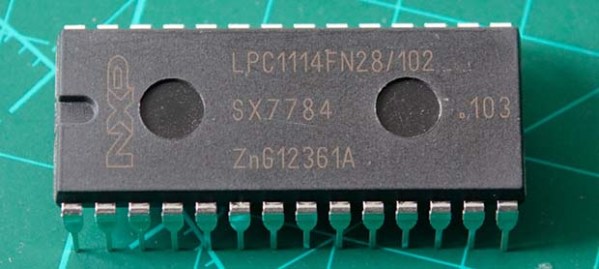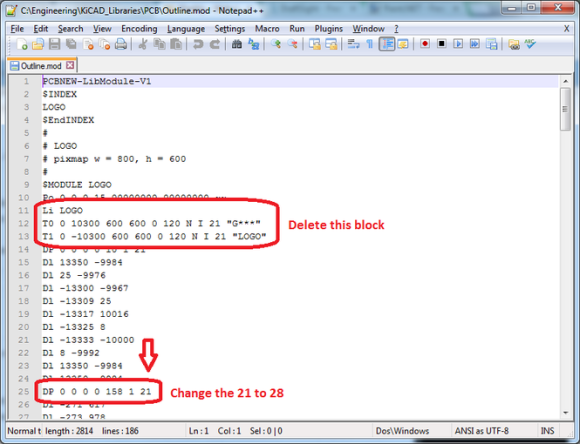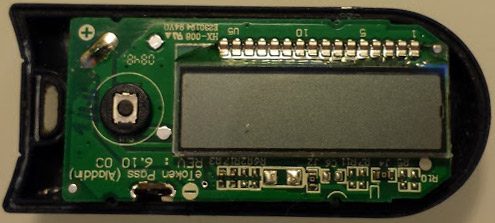
As the creator of the Gameduino, a shield that adds a VGA port and graphics capability to any Arduino, [James] knows a little something about generating high quality video with a microcontroller. His latest project, the Gameduino 2, blows his previous projects out of the water. He’s created an Arduino shield with a built-in touchscreen that has the same graphics performance as the Quake box you had in the late 1990s.
The power behind this shield comes from a single-chip graphics solution called the FTDI EVE. This isn’t the first time we’ve heard about the FTDI EVE, but this is the first instance of a project or product using this very cool embedded graphics engine. The Gameduino 2 uses an FT800 graphics chip over an SPI connection to give a 480×272 TFT touch panel the same graphical capabilities as a Voodoo 2 graphics card. From the video, [James] is able to put thousands of sprites on a screen, as well as simple 3D animation, and extremely impressive 2D animations using only an Arduino.
While the Gameduino 2 is designed to be a game console you program yourself, we’re thinking this would be even more useful as a display for standalone projects.

















